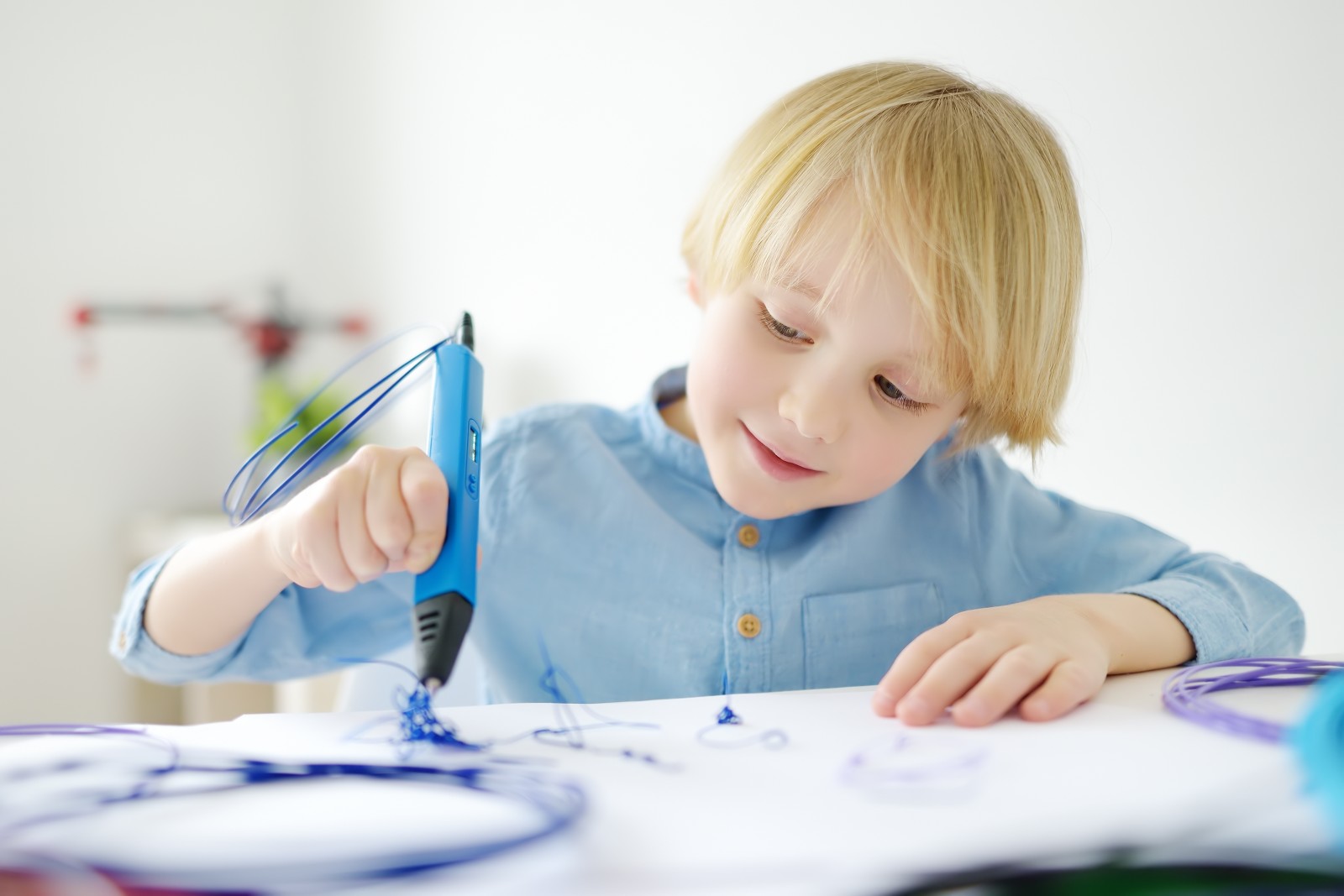Today’s entrepreneurs have a few options at their disposal when it comes to creating prototypes and manufacturing products. Some opt for subtractive manufacturing or injection moulding, but these traditional manufacturing methods aren’t always the best fit.
These days, many inventors, artisans, and small business owners are opting for 3D printing instead. The 3D printing process poses several advantages over traditional manufacturing methods. Those who are unfamiliar with this novel technology can read on to find out about just a few of them.
Increased Speed
One of the most game-changing aspects of 3D printing is how fast it can be performed without affecting the end product or prototype. Increased manufacturing speed can be especially beneficial when it comes to rapid prototyping.
Rapid prototyping allows inventors to design, create, and test customized products or parts within just a few days. Compare that to the weeks, or even months, that it used to take to implement changes, and it should be clear that 3D printing is the best solution for product development.
Lower Cost
For prototyping and small production runs, 3D printing tends to be the most cost-effective manufacturing option. Traditional manufacturing methods requires expensive machinery and includes higher associated labour costs. Modern manufacturing facilities that focus on 3D printing need just one or two machines and far fewer operators.
Less Waste
Compared to subtractive manufacturing, 3D printing is far less wasteful. Instead of starting with a large block of material and carving the excess away to achieve the perfect shape, 3D printing is an additive process. These machines add layers of material to achieve the designer’s desired shape, creating little to no waste in the process.
Improved Quality and Consistency
Traditional manufacturing methods can leave product designers with poor-quality prototypes, and even once all the design kinks are worked out, the results won’t be consistent. A small but not negligible percentage of each run can be expected to have defects. With 3D printing, each part is printed in succession, which means errors can be caught in real-time to reduce the amount of material waste and increase the quality of the finished parts.
Greater Sustainability
When designers use 3D printing, there’s less need for outsourcing manufacturing. As a result, fewer parts need to be shipped across the world, and there’s no need to rely on energy-hungry factories. Combine these factors with the fact that 3D printing creates less material waste, plus the fact that most of the materials used in this process are recyclable, and it’s clear that 3D printing is more sustainable than traditional prototyping and manufacturing methods.
Competitive Advantage
Product designers who want to create effective prototypes or new products in competitive fields will find that the increased speed and lower costs associated with 3D printing help them maintain an edge. Using 3D printed prototypes allows designers to offer physical demonstrations to investors or future customers and allows for far more cost-effective market testing. Designers can create multiple prototypes, solicit feedback from potential customers, and make changes as needed without worrying about whether the process will be cost effective.
Contact an Expert Today
Ready to learn more about 3D printing or place an order with a reputable manufacturer? Check out JawsTec online, upload a 3D model, and get a quote in seconds.



